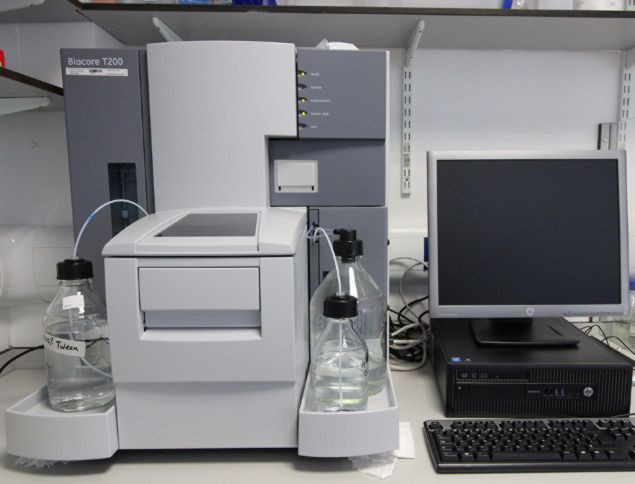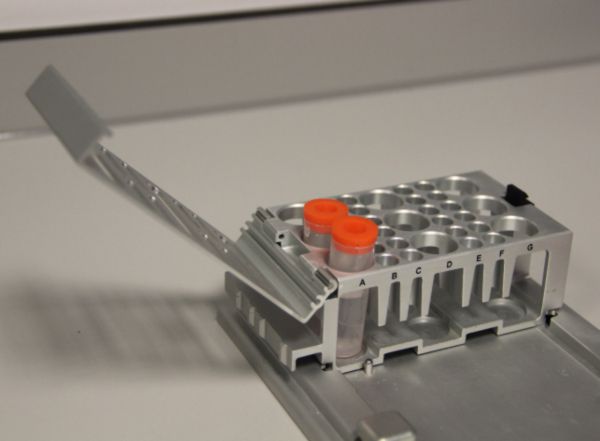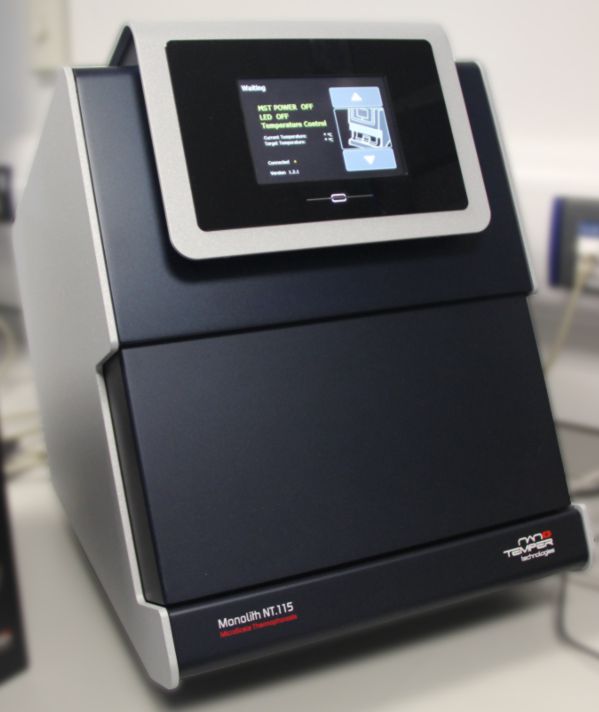Real-time detection and monitoring of biomolecular binding events
Interactions between proteins, nucleic acids, lipids, carbohydrates and even whole cells can be studied (molecules as small as 100 Da).


Measurement of biomolecular interactions – from the formation of protein complexes to the binding of single metal ions.
